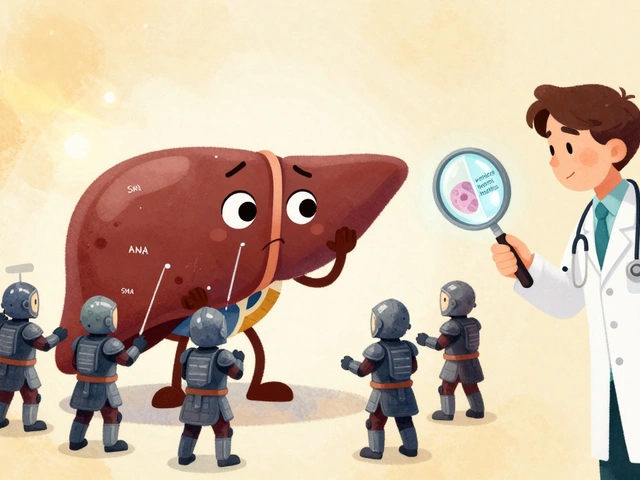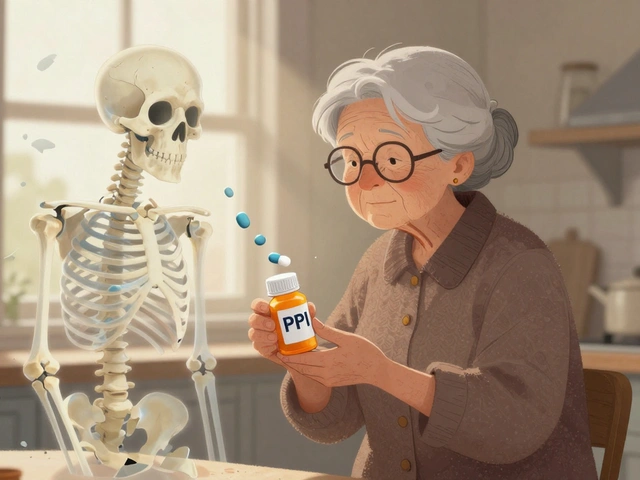
Extended-Release Medications: How They Work and Why They Matter
When you take a pill and it lasts all day instead of just a few hours, you’re likely using an extended-release, a type of drug formulation designed to release medication slowly over time. Also known as sustained-release or slow-release, it’s built to keep drug levels steady in your body—no spikes, no crashes. This isn’t just convenient; it’s often the difference between managing your condition and struggling with side effects or missed doses.
Extended-release works by using special coatings, matrices, or capsules that control how fast the medicine leaves the pill and enters your bloodstream. Think of it like a water drip system instead of a firehose. That’s why drugs like extended-release metformin for diabetes, extended-release oxycodone for chronic pain, or extended-release methylphenidate for ADHD are so common. They help you stick to your treatment because you don’t need to take them three or four times a day. And when you take fewer pills, you’re less likely to skip them—which is huge, since cost and complexity are the top reasons people stop taking their meds.
But not all extended-release pills are the same. Some are designed to release the drug gradually over 12 hours, others over 24. Some can be split, others must be swallowed whole. Crushing or chewing them can dump the whole dose at once—sometimes with dangerous results. That’s why knowing the difference between extended-release, immediate-release, and delayed-release matters. It’s not just labels; it’s safety. And if you’re on a long-term treatment for something like hypertension, depression, or thyroid disease, this kind of delivery can make your life a lot simpler.
Behind the scenes, extended-release isn’t just about convenience. It’s tied to real outcomes: fewer hospital visits, better symptom control, and more stable moods or blood pressure. People managing chronic conditions often rely on these formulations to keep their routines predictable. And when you look at posts about medication adherence, drug affordability, or side effect timelines, you’ll see how extended-release ties into all of it. It’s not magic—it’s smart science that helps real people live better.
Below, you’ll find practical guides on how extended-release meds fit into real treatment plans—from pain relief and mental health to thyroid care and beyond. Whether you’re trying to cut down on pills, avoid side effects, or understand why your doctor chose one form over another, you’ll find clear, no-fluff answers here.
-
17 Nov







